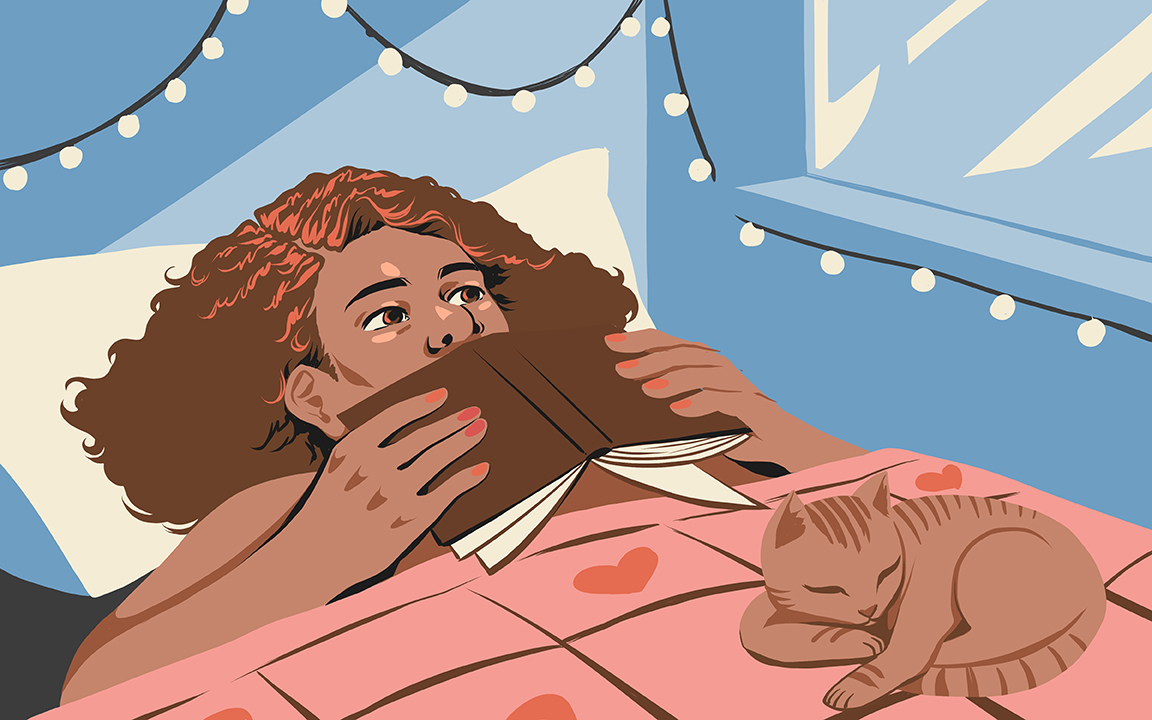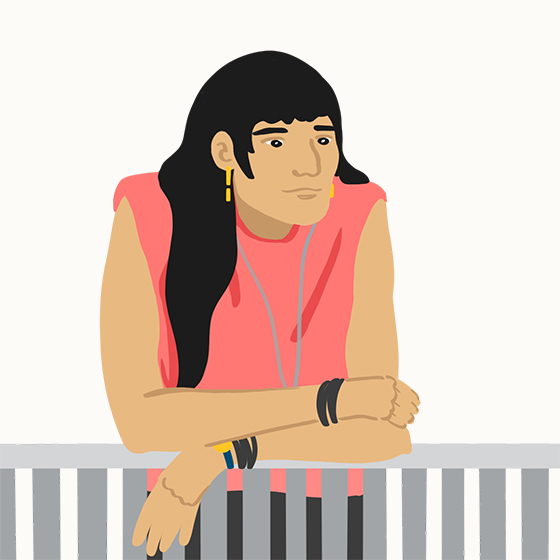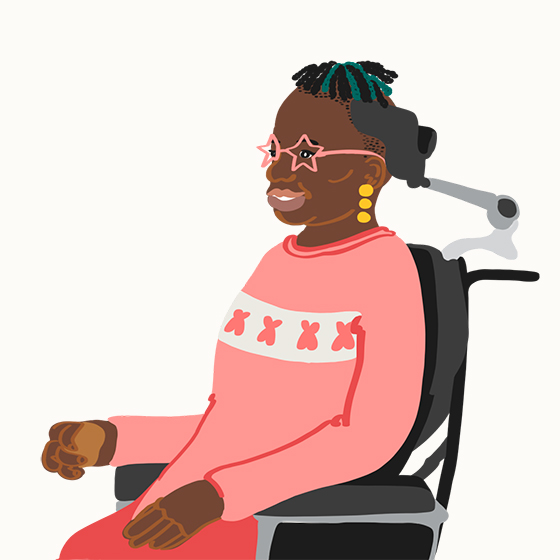Questioning
Only you can determine your gender. The realization that you’re trans can happen in an instant or unfold over many years.

I think I might be trans
Some people know from a young age that the gender they were assigned at birth does not fit with who they really are. Some people come to this realization as adults.
There’s lots of social and cultural pressure to conform to rigid ideas about gender. This can make it difficult to understand a gender that differs from dominant expectations.
Examples of these rigid expectations include:
- That everyone will identify with the sex they were assigned at birth
- That there are only two genders and
- That men should be masculine and women should be feminine
We now know that gender diversity exists across the globe and throughout history. Acknowledging and embracing your identity may involve unlearning some of these misconceptions.
Some people feel shame, guilt or other negative emotions when they consider the possibility that they might be trans. The truth is your gender is a beautiful part of yourself that deserves love and respect.
Gender exploration
As you better understand your gender, try replacing any negative messages about gender with more open and inclusive beliefs.
It might be helpful to consider that:
- Gender is different from sex. Gender has to do with your deeply felt sense of yourself as female, male, both or neither. Sex has to do with your anatomy.
- It is well documented that people throughout history and around the world have had a gender that was different from their sex.
- Recognizing your sense of gender doesn’t require you to take any action. You can take your time. This is your path. You get to choose what steps you take, if any.
- There are many well-documented gender identities between and beyond male and female. Examples include genderqueer A person who does not conform to society’s expectations for their gender roles or gender expression. , bigender Refers to someone who has two genders. , Two-Spirit A term used within some Indigenous communities to reflect complex Indigenous understandings of gender and sexuality and the long history of sexual and gender diversity in Indigenous cultures. Two-Spirit encompasses sexual, gender, cultural and spiritual identity. It may refer to cross-gender, multi-gender or non-binary gender roles, non-heterosexual identities, and a range of cultural identities, roles and practices embodied by Two-Spirit peoples. Some people also use "2-Spirit" or "2S." (Source: Battered Women’s Support Services) and gender fluid An experience of gender that is not fixed, and may continue to shift or fluctuate over time. The term is used in reference to both gender and gender expression. identities.
- Over time, you can try out ways to express yourself so that you feel aligned with your internal sense of your gender. As you feel ready, you will be able to sort out what feels best for you.
- There is no right or wrong way to express your gender.
If you are starting to explore your gender, it may be helpful to get a foundation of gender concepts. Read our Understanding Gender section to learn more.
Questions to ask yourself
Letting go of longstanding ideas about gender can lead to a better understanding of who you really are. Here are some questions that can guide you as you reflect on your gender:
- What ideas about gender did you grow up with? Were these ideas flexible or rigid? How does this early influence impact how you think about your gender today?
- How did you learn ideas about gender? Where did they come from (school, parents, society, television, books)?
- What got you first thinking about your own gender?
- How would you describe your gender? Are there certain words that come to mind?
- What do you know about the history of gender diversity in your culture?
- What would create space to better understand your gender? Would talking to someone like a trained counsellor be helpful? What about peer support?
- Are there people in your life who would be good to talk to about gender? What makes these people trustworthy? What would you like to share first?
- While you are figuring things out, are there little things you can change, like clothing or hair, that might help you feel more aligned with your authentic gender?
- Are there activities you want to participate in, but have avoided for gender-related reasons?
- How do you want others to see you in terms of your gender?
- Are the pronouns that people use for you fitting? For example, he, she, or they?
- What feelings come up? Does thinking about your gender bring positive, negative or mixed emotions?
Learning more about your gender can be many things: confusing, scary or joyful. Having people to talk to about your gender can be helpful, whether that person is a friend, family member or counsellor. If distress, sadness, worry or other challenging emotions are surfacing when you think about your gender, it may be important to get some support. If you are interested in learning more about how a counsellor can help, read our section on Finding a Counsellor.
What can I do to feel more positive about my trans identity?
If you know you are trans but struggling to embrace this part of yourself, you may want to find sources of affirmation The ways a person can be supported in expressing their self-identified gender. This may involve supporting social transition steps or changes in gender expression. .
Here are some trans-specific ideas:
- Read or listen to books by trans authors
- Meet and hang out with other trans people
- Journal or write about your gender
- Make art about your gender: collage, movies, cartoons, music, or another medium
- Listen to music by trans musicians
- Go to drag shows
- Watch movies and TV shows that respectfully include trans characters
- Seek out role models
General strategies for boosting your self-esteem can also help. You may want to ask a counsellor about recommended strategies and resources.
Contact our team of experienced health navigators for information about gender-affirming care in B.C.
Community Voices

Not all trans people want to be on hormones or have surgery. Just because you access information doesn’t mean you have to act on it. Everyone’s on a journey of self-discovery. Getting information about your options helps you find the gender-affirming care that’s right for you. Every journey is different.
—G, on the topic of individualized pathways

When I first heard the term “transgender,” it felt like a crack in a dam I had built up since childhood to hold back all these feelings I had about being a gender other than what everyone told me I was. The more I learned, the more that crack grew, and before long I couldn’t hold those feelings back anymore. It was scary and also so deeply freeing to engage with parts of myself I had kept hidden for so long, and having the words was really the key to all of that.

